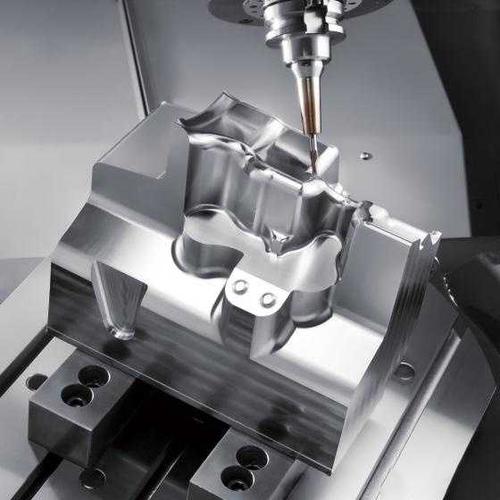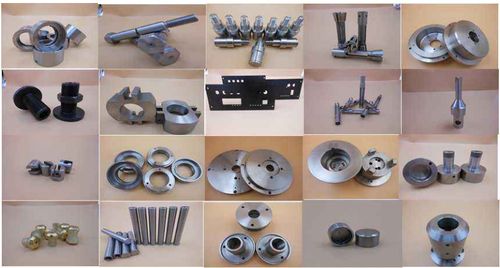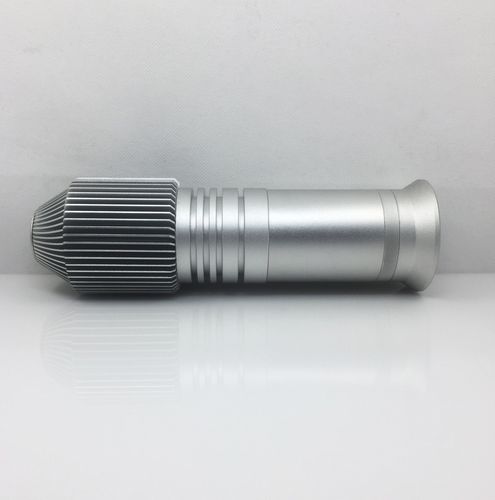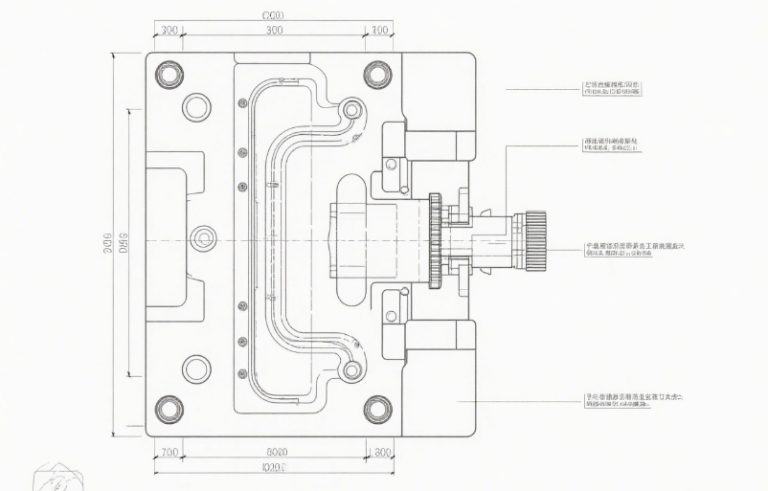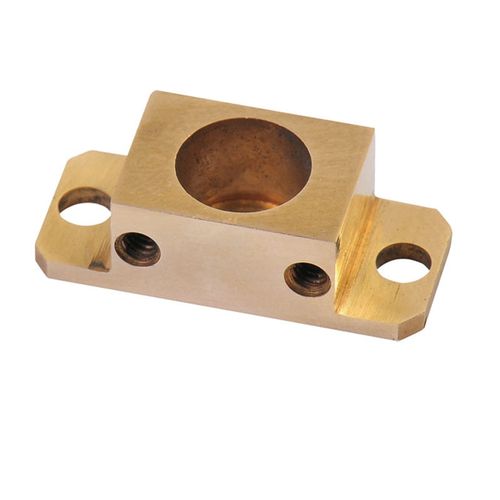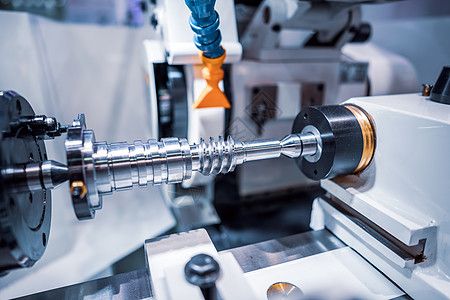
What is Contour Milling?
Contour milling is a specialized milling process that utilizes CNC (Computer Numerical Control) machine tools to machine precise contours or surfaces on workpieces such as metals, plastics, and composite materials. It can achieve complex geometric shapes, sectional transitions, and smooth surface treatments. Widely applied in industries with stringent requirements for precision and surface quality, such as aerospace, automotive, and medical, it can efficiently address the challenges of high – precision, complex designs, and cost – effective production.
Introduction to Contour Milling Technology Processes
2D and 3D Contour Milling
2D Contour Milling: It has a relatively low cost and is mainly used for planar or designs with limited depth, such as basic contours and pocket machining. It has the advantages of simple processes, cost – effectiveness, and high efficiency.
3D Contour Milling: It can machine deep cavities and fine surfaces, realizing complex 3D geometric shapes. It is suitable for complex designs like aerospace parts and molds and can meet high – precision requirements.
Climb Milling and Conventional Milling
Climb Milling: The rotation direction of the cutting tool is the same as the feed direction, which can ensure excellent surface finish and reduce tool wear. It is suitable for processing scenarios that require high surface finish.
Conventional Milling: The rotation direction of the cutting tool is opposite to the feed direction. It may cause more vibration and surface finish defects, but it is suitable for rough machining and older machines.
High – Speed Machining: It improves productivity by increasing the cutting speed. It has advantages such as increased feed rate, shortened cycle time, improved surface finish, and reduced tool wear. However, it requires more advanced CNC machining equipment and special cutting tools to cope with the stress and thermal conditions during operation.
Materials Suitable for Contour Milling
Metallic Materials: Including titanium, stainless steel (low – speed cutting is required due to high hardness), aluminum (which can be processed at high speed), etc.
Non – metallic Materials: Plastics, composite materials, etc.
Selection of Cutting Tool Materials: It needs to be selected according to the characteristics of the processed materials. For example, carbide cutting tools have high wear resistance and are suitable for high – speed machining of hard materials; high – speed steel (HSS) cutting tools are cost – effective and flexible, suitable for general – purpose machining; ceramic tools are heat – resistant and suitable for precision machining of hard materials.
Parts Suitable for Contour Milling
Aerospace Field: Complex turbine blades, structural components, heat shields, etc. These parts require complex details and strict tolerances.
Automotive Industry: Engine blocks, transmission components, circuit breaker components, as well as aftermarket or custom – made automotive parts, taking advantage of its high – speed and high – precision characteristics.
Mold Manufacturing: Tools such as injection molds for shaping complex objects.
Medical Device Manufacturing: Surgical instruments, implants, and other medical devices that require high precision and high surface finish.
Key Points of Contour Milling
Influencing Factors
Material Characteristics: The hardness, toughness, and thermal conductivity of the material will affect the cutting force. For example, titanium and stainless steel have high hardness and low processing speeds, while soft materials like aluminum can be processed at high speeds.
Machine Operation: The precision, stiffness, and speed of the CNC machine tool are crucial. Lack of stiffness can lead to poor surface finish and shortened tool life.
Cutting Parameters: Cutting speed, depth of cut, and feed rate significantly affect tool wear, processing efficiency, and surface finish, and need to be set reasonably.
Best Practices
Pay attention to the efficiency of the tool path, reduce unnecessary movements, optimize working time, and reduce tool wear.
Select the correct cutting tool according to the processed material, surface requirements, and part geometry.
Refuel, recalibrate, and wipe off dust in a timely manner after using the machine to ensure machining accuracy.
Adapt to changing factors such as cutting speed and feed speed to optimize processing conditions.
Contour Milling Process Flow
Rough Machining: Use large milling cutters or rough – machining inserts to remove most of the material in an aggressive manner, forming the approximate shape of the part, leaving 1 to 3 millimeters of material for subsequent processing. It is a necessary step for mass – producing large and complex features.
Semi – finishing: Use small tools to remove the remaining material from rough machining, shape the workpiece, enhance the surface quality, and prepare for finishing.
Finishing: Use tools with fine cutting edges to remove the last bit of material, achieving the final surface quality and ensuring the geometric shape and dimensional accuracy of the part. This is particularly crucial under strict tolerance conditions.
Super – finishing: Going beyond conventional finishing, it achieves an ultra – smooth surface and extremely fine tolerances. It is used in fields with extremely high requirements for surface finish, such as aerospace and precision medical devices, and special tools are used to obtain a mirror – like finish.
Issues Related to Contour Milling
Common Challenges and Solutions
Tool Wear and Breakage: It is likely to occur when processing corrosion – resistant materials or during high – speed cutting. Coated cutting tools with high durability and heat resistance can be used, and regular tool maintenance can be carried out to extend the service life.
Surface Finish Problems: Caused by incorrect cutting parameters or vibration, it can be improved by changing the tool path, reducing vibration, maintaining the feed rate, and ensuring consistent alignment.
Vibration and Chatter: Caused by machine settings or vibration, it will reduce the quality of the workpiece and increase tool wear. It can be avoided or mitigated by damping the cutting tool, fixing the workpiece, increasing the rigidity of the machine, and adjusting the cutting parameters.
Conclusion
With the increasing demand for high – precision and complex designs in modern manufacturing, the importance of contour milling technology has become more prominent. If you hope to leverage the advantages of contour milling to improve production efficiency and product quality, RapidDirect is your reliable choice. We are equipped with the latest processing equipment and tools, and have a series of CNC milling machines such as 3 – axis, 4 – axis, and 5 – axis, which can accurately produce complex and high – precision parts to meet the needs of industries with high tolerance requirements, such as aerospace, automotive, and medical devices. Choosing RapidDirect can help you minimize costs, shorten time – to – market, and maintain quality consistently. What are you waiting for? Contact us with one click to start a journey of efficient and precision machining!

